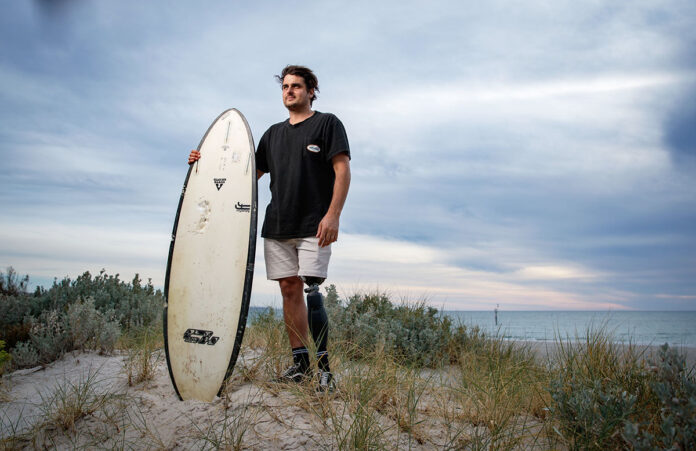The State Government and the state’s top emergency services leaders have met as the state prepares to face a hotter, drier bushfire season, with action already under way across South Australia.
This summer South Australia will encounter an El Niño event and positive Indian Ocean Dipole, which will deliver dry and warm conditions across the state, increasing the risk of bushfires.
Among the actions under way are five new aircraft are being added to the CFS aerial firefighting fleet, increasing the number from 26 to 31, following a $27.6m State Government investment.
Automatic Vehicle Location (AVL) technology is being rolled out for firefighting and emergency service vehicles as part of a $12m State Government investment.
Twenty-five prescribed burns have already been undertaken, with plans for a further 31, while a statewide advertising campaign will commence at the end of October, encouraging South Australians to have a bushfire survival plan.
The Fire Danger Season has been brought forward in six districts, with Flinders, North East Pastoral, North West Pastoral and West Coast starting yesterday, followed by Mid North and Yorke Peninsula districts on November 1.
Police Operation Nomad has commenced, focussing on deliberate, reckless and negligent acts that may cause a bushfire.
Police patrols will be deployed on total fire ban days (this includes extreme and catastrophic fire danger ratings) throughout the season.
Police will also be monitoring persons of interest throughout the season.
Cabinet representatives, the Country Fire Service (CFS), SA State Emergency Service (SASES), Department for Environment and Water (DEW) and other key stakeholders gathered for an Emergency Management Council meeting last week.
Before summer arrives, the State Government and the CFS are reminding South Australians living in risk areas to ensure they have a bushfire survival plan.
South Australians need to know what they will do when a bad fire day approaches – including where they will go, when they will leave and what they will take.
It is too late to plan once an emergency warning is issued.
Key elements to include in a bushfire survival plan are:
• Include the whole family (including your pets) in bushfire preparations, to empower young people and ensure they understand what to do in an emergency.
• It’s important the community check the Fire Danger Ratings each day and stay informed using multiple sources of emergency warning information. Fire Danger Ratings tell you how dangerous a bushfire could be if it did occur.
• It’s particularly important that if people are travelling across the state they check the Fire Danger Ratings for the day, and ensure they have a plan in case a bushfire starts.
• If the community have not already, they should subscribe to CFS warnings through the CFS website, and download the Alert SA app.




